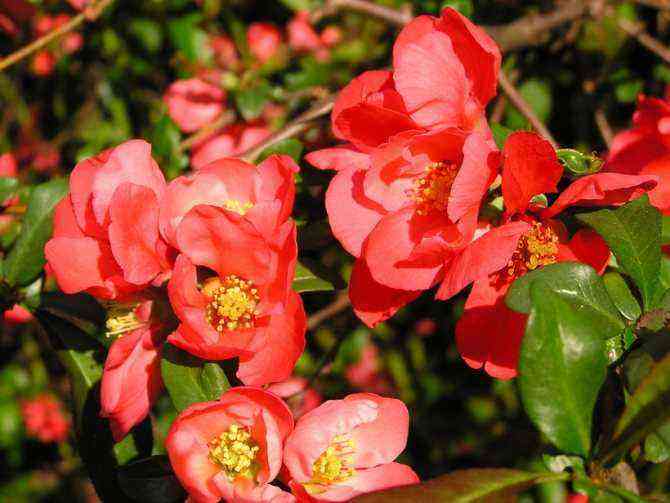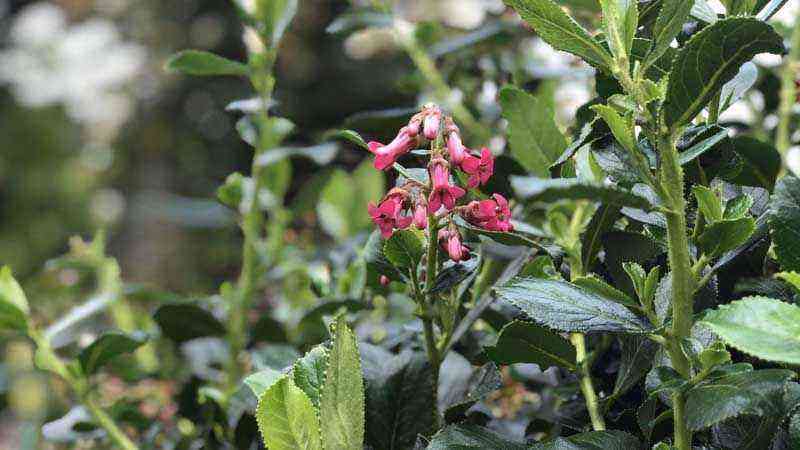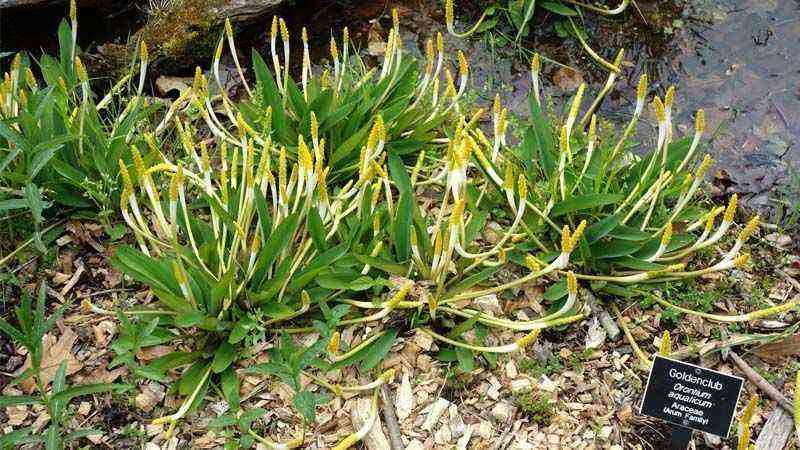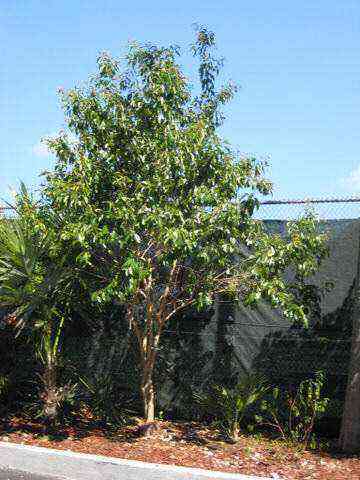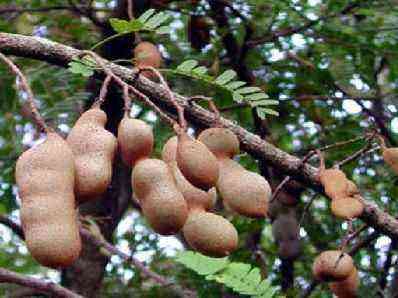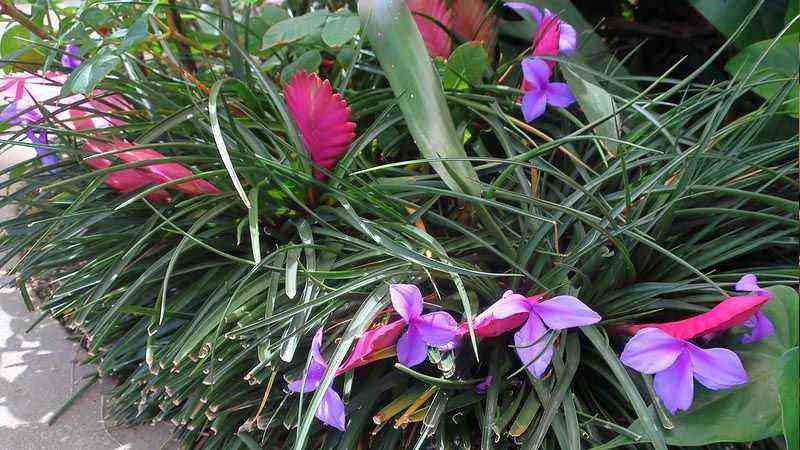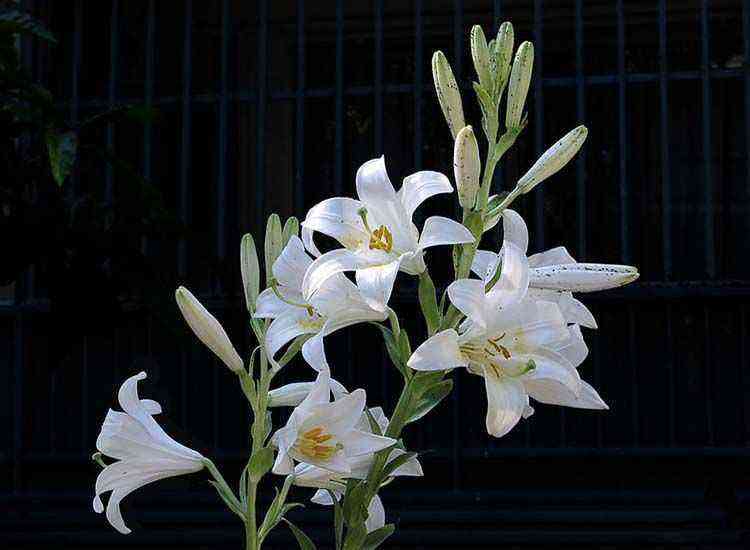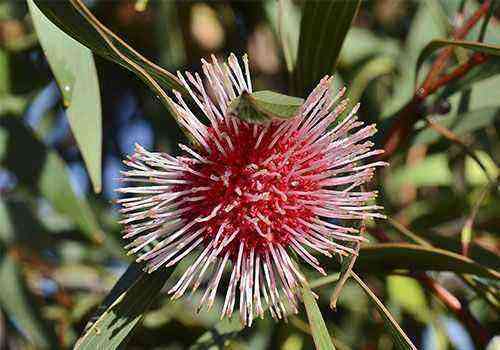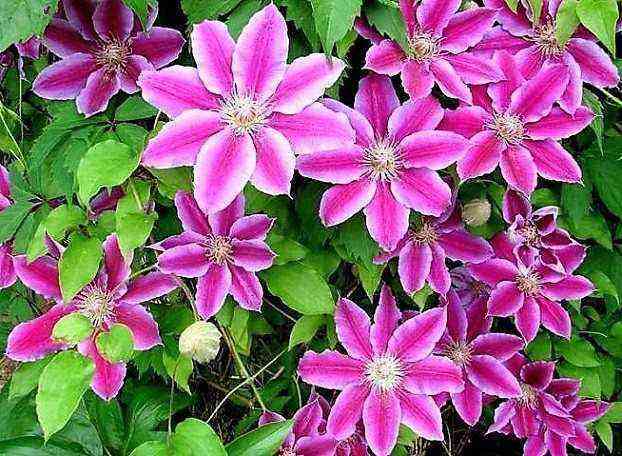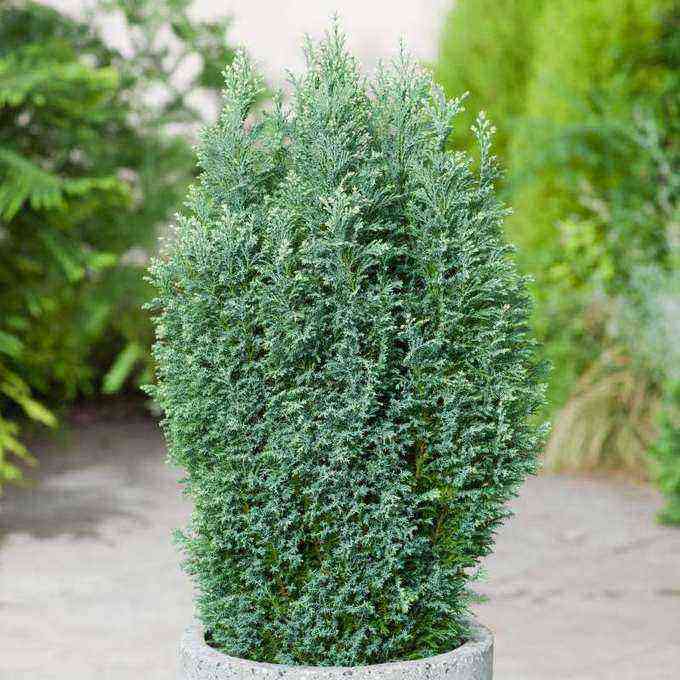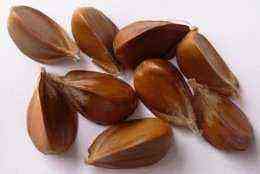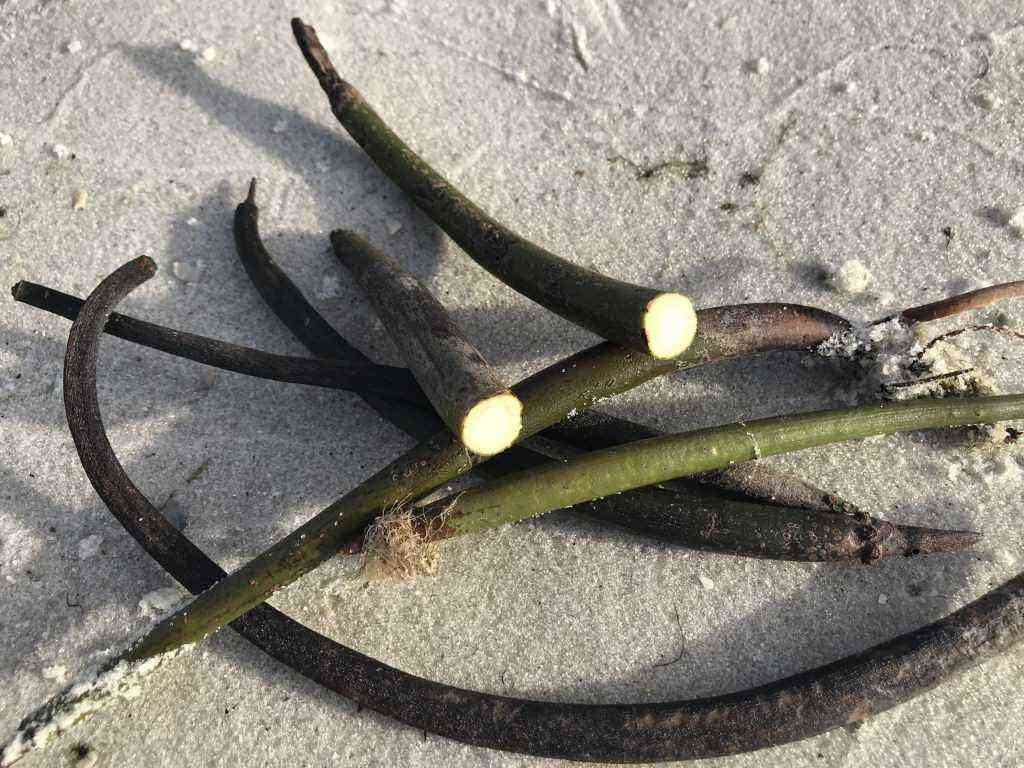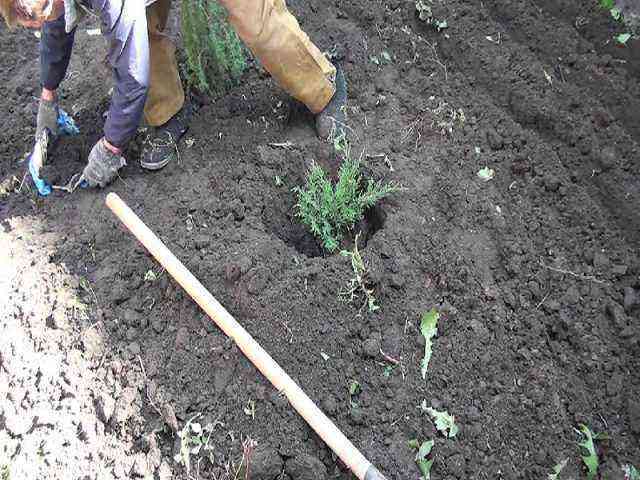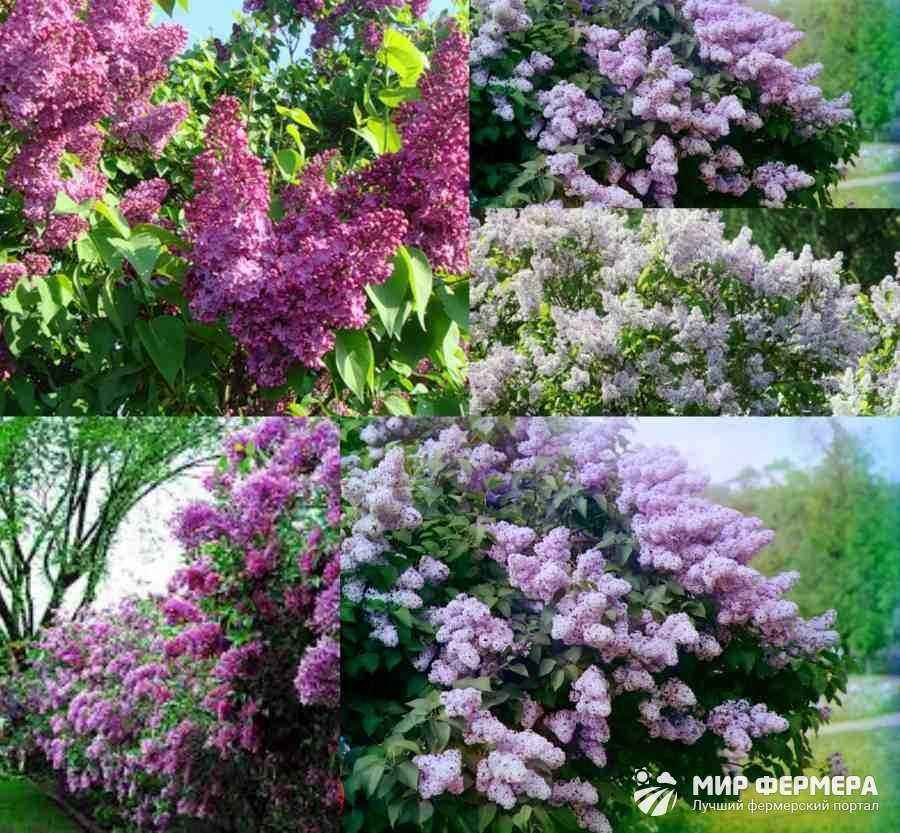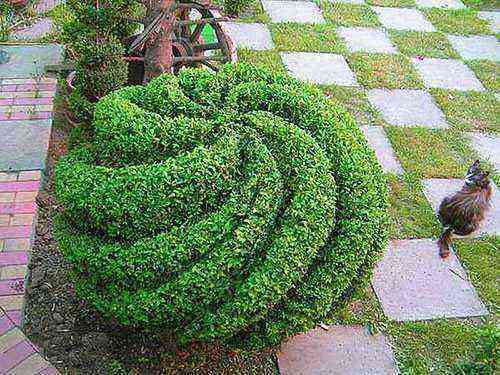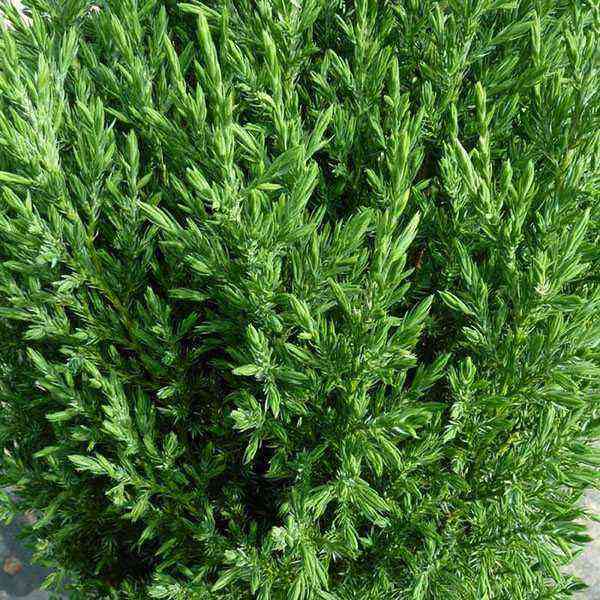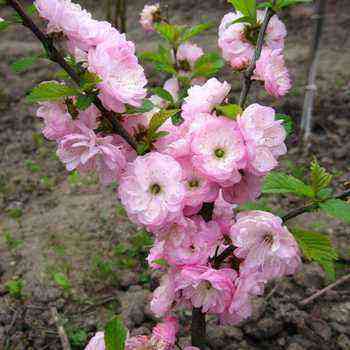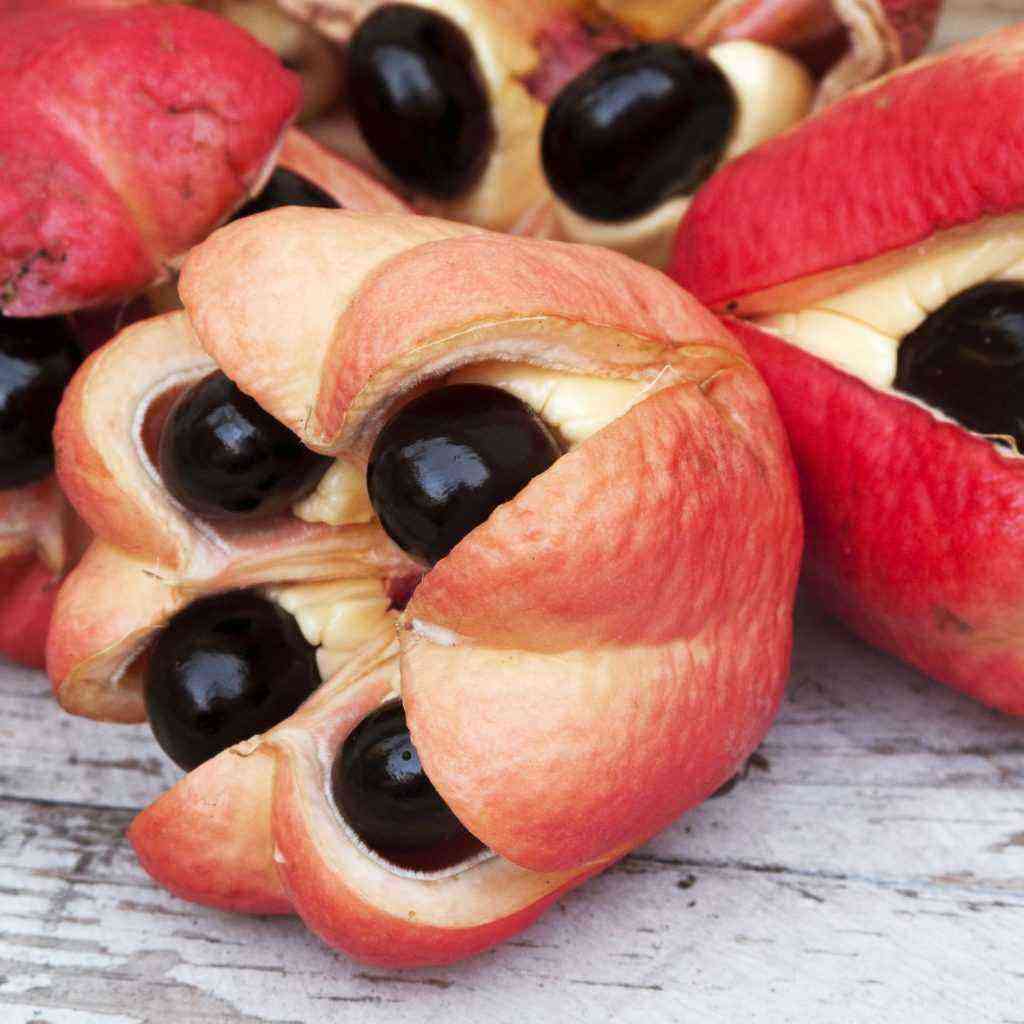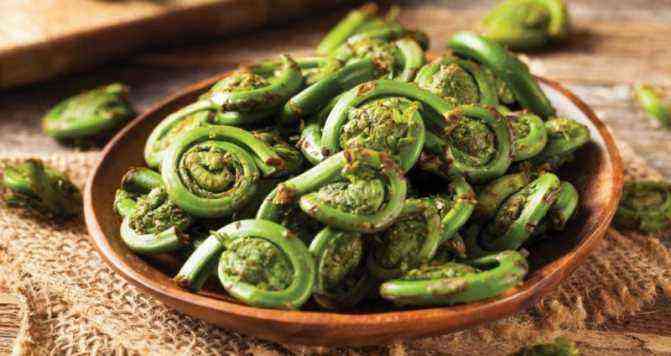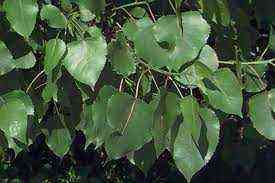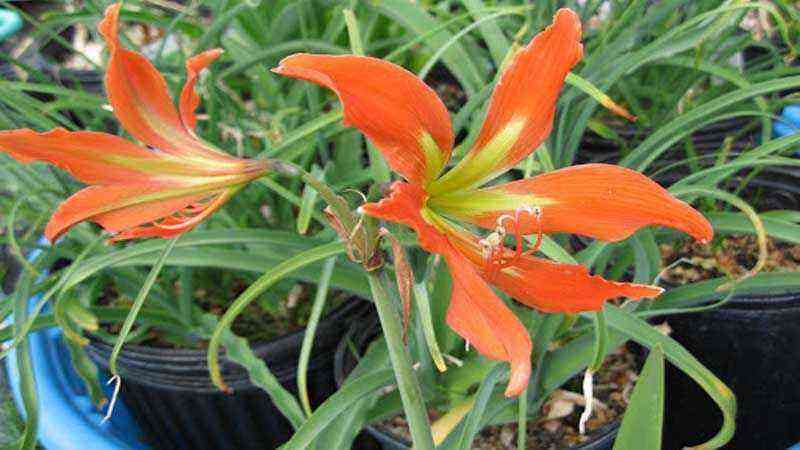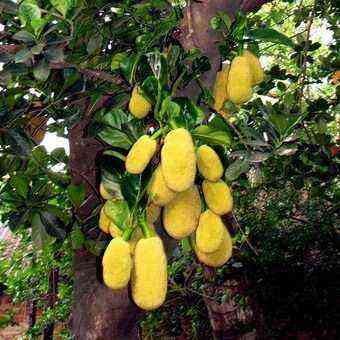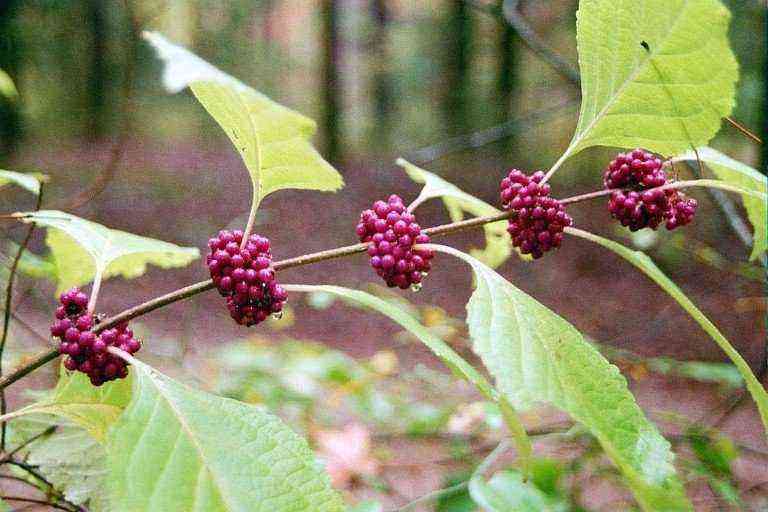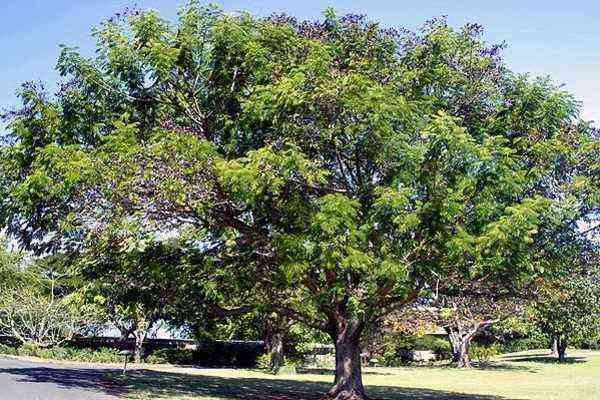An incomprehensible word called henomeles is a Japanese quince. It is a type of shrub that produces pear-like fruit. An interesting feature is that fresh fruits of the tree are not consumed. They are tough and tasteless. But the jam from them is simply delicious. But taste is not the most important thing. Many people grow this plant for decorative purposes. Japanese quince in bloom is an unforgettable sight!
The name where it grows
According to the botanical description, Chaenomeles is a separate genus of flowering shrubs of the Pink family. It includes Japanese quince, the most common species, and three other tree species. The name comes from the Greek phrase, which means “split apple”. The birthplace of a beautiful plant is Japan. There you can find wild varieties of shrubs in nature.
The tree began to be cultivated in the 16th century by Japanese breeders. In the 17th century, it came to Europe because of its attractive appearance. Aristocrats planted chaenomeles bushes near houses to enjoy the beautiful flowers and their attractive scent. An interesting feature: the buds of some tree species can change color during flowering. From light shades, they go to peach, and then turn into scarlet. In autumn, deciduous tree species delight the eye with a picturesque combination of color-changing foliage and vibrant fruit.
Now the shrub is grown in Japan, China, Asian countries, the Mediterranean. Here it grows in the Crimea, the Caucasus mountains, as well as in the Ukraine and Belarus. Chaenomeles tolerates drought well, which allows it to be planted in regions with little rainfall. It is also grown in the middle lane, but there the tree freezes without shelter for the winter, so additional care is needed for it. In our country, chaenomeles is called the northern lemon because of its similarity in appearance and valuable nutritional qualities.
Planting and care
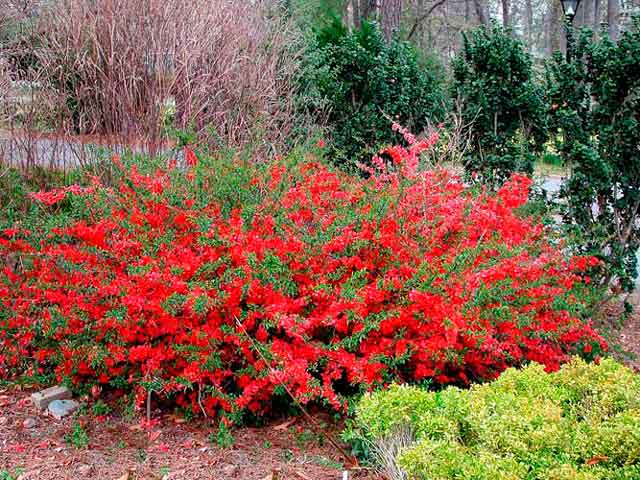

Chaenomeles breeds seeds, root suckers, cuttings and grafts. The most convenient way of reproduction is by root suckers, Japanese quince gives a lot of root shoots, the plant grows wide very quickly. Place for planting Japanese quince is chosen in well-lit areas, it does not tolerate shading well. It is advisable that in winter it is well covered with snow and there is protection from cold winds, it is preferable to plant it on the southern slopes of hills, on the sides of houses or other buildings. Soil for planting should be fertile and light, Japanese quince does not tolerate clay soils, stagnation of moisture oppresses plants. It is better to plant a shrub in the spring, so that it has time to take root well before the onset of cold weather. When planting chaenomeles, the distance between the bushes is left about a meter, the bushes grow very much.
Care for Japanese quince consists in the spring weeding of plants, the annual cutting of old branches. Mulching the soil under the bush is carried out after the soil has completely thawed. If the summer is dry, watering of the chaenomeles is required. Before the onset of cold weather, the branches of plants are bent to the ground, covered with fallen leaves and covered with spruce branches from above. In winter, Japanese quince also requires care, it is necessary to ensure that the snow cover constantly covers the plant.
Looks like
The plant is a sprawling shrub with a very lush crown. The height is small – one or two meters, rarely reaches six. From the trunk there are many thin branches directed in all directions. Often the lower branches are bent to the ground, while the upper ones are directed towards the sky. Among the trees are evergreen and deciduous. In most species, the branches are lined with thorns. Such shrubs are used to form hedges.
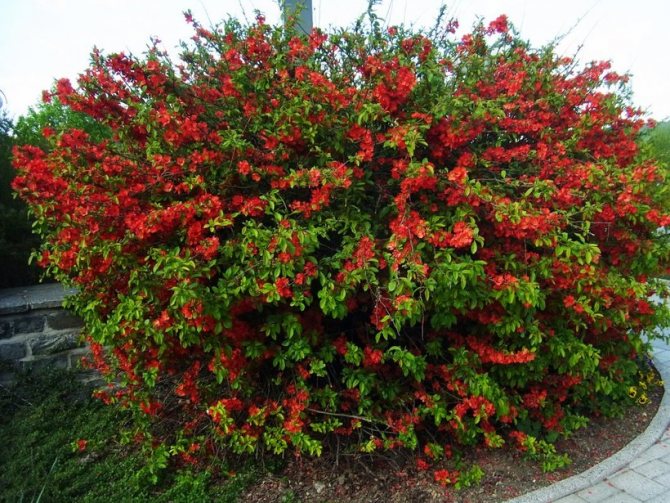

The foliage is dense, bright green. Leaves are oval, with denticles at the edges, smooth, with a shiny surface. Chaenomeles flowers are the main advantage of the plant. They are presented in beautiful semi-closed buds with a medium-deep cup. Sepals are 4 or 5 petals. The diameter of the flower is 3-5 cm, this is a rather large size for a shrub. Bright stamens emerge from the middle.
Flowers are single, in a variety of sticking around branches or growing in clusters. The palette is very diverse. There are varieties with white, pale pink flowers. In most trees, they are scarlet, coral, red, orange. The flowering period is about a month, it begins in May.
Fruit
After the tree has bloomed, fruits are formed from the ovary. Their ripening ends by October. The fruit is shaped like pears or apples with an elongated top. The size depends on the variety: some look like miniature balls with a circumference of up to 4 cm, others (large-fruited) reach 10-15 cm in length. Fruit color – light green, peach, lemon yellow. There are orange colored fruits. The structure of the pulp is firm, dense. The seeds are found in large numbers in the center of the fruit, laid in segments with a white film.
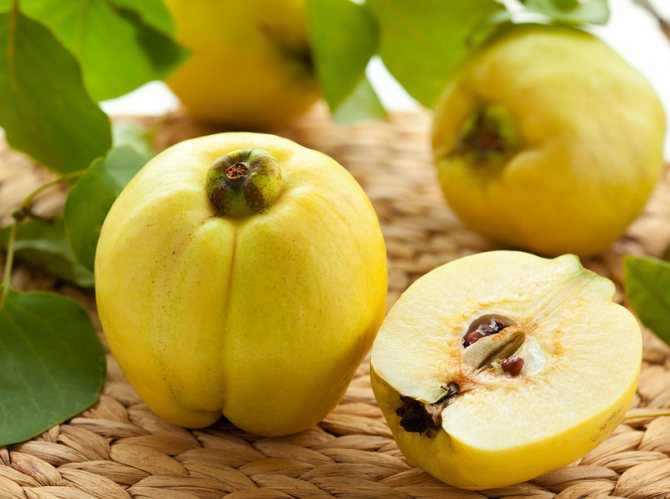

Benefit, composition
Chaenomeles contains many valuable substances that allow it to be used in alternative medicine. It contains organic acids, tannins, essential oils, saponins, flavonoids. Among vitamins and minerals, the highest concentration are:
- Retinol – 11 mg
- Vitamin C – 25 mg
- Tocopherol – 0,6 mg
- Nicotinic acid – 0,3 mg
- Folic acid – 0,3 mg
- Potassium – 270 mg
- Magnesium – 12 mg
- Phosphorus – 17 mg
In China, with the help of decoctions from the pulp of the fruit, diseases of the joints, circulatory system, and internal organs are treated. Tea with the addition of honey improves the functioning of the digestive tract, stops inflammatory processes. These drinks tone up, give vigor, direct vital energy in the right direction. A mixture of crushed chaenomeles with ginger and honey successfully eliminates cough, promotes the elimination of harmful substances from the respiratory tract.
Infusion on Japanese quince flowers normalizes blood pressure, strengthens the walls of blood vessels. A decoction of seeds applied to the skin heals burns and wounds. Scientists have found substances in the pulp of chaenomeles that can destroy cancer cells. They stop the process of mutations in healthy tissues, increase the body’s resistance to viruses. The medicinal effect of the plant against nervous diseases, intestinal disorders, stomach ulcers was also scientifically confirmed.
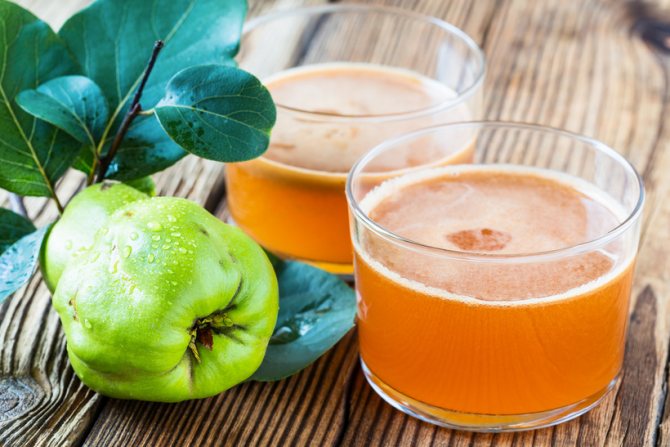
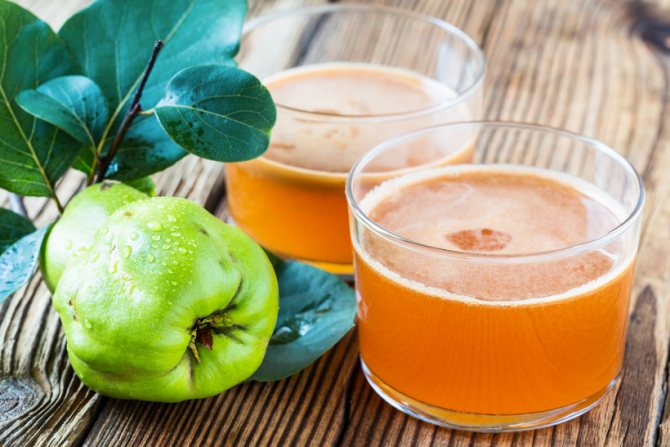
The fruit can also be used for cosmetic purposes. Masks made from pulp crushed into a pulp fight wrinkles, fill the skin with energy, nourish. Juice from fresh fruit brightens the epidermis, removes age spots. It is also beneficial for aging skin. The hair is washed with infusions on the leaves of the plant, this restores the cuticle, strengthens the roots, and prevents the appearance of gray hair.
Henomeles (Japanese quince) – recipes
Jam from Japanese chanomeles
Here, for example, jam. Fruits wash, clean, cut and remove the seeds. Then I cut into pieces, put them in a saucepan, pour water and boil for about half an hour, until they soften. I use water after blanching fruits to make a syrup. In a boiling syrup pour blanched slices and cook on low heat until cooked. If you will pasteurize the jam, then 1 kg of prepared fruit should be 1,5 kg of sugar and 300 ml of water. The jam turns out to be extraordinarily aromatic, pleasant sweet-sour (pineapple-like) taste, yellow and freezes like jelly.
And I also sugar the fruit. I wash, grind, sprinkle with sugar. Then I spread it into sterilized jars, cover with capron lids and store it in the refrigerator. Simple and tasty.
Syrup from Japanese quince
An excellent product of processing chanomeles is syrup. I take about 1 kg of fruit, cleanse, cut into pieces, put in a jar. In the course of this event I pour sugar. It turns out approximately 1: 1 by volume, and close with a cap nylon. Days through 10-15 the syrup is ready. I merge it into a separate container, and from the slices I make a compote or jam.
Reference by topic: Quince (photo) varieties and planting
Japanese chenomel juice
Now for the juice. Knead the fruits, remove the seeds. Using a juicer, I get juice. I store it in liter glass jars with nylon or screw caps in the refrigerator. I drink juice, adding sugar to it or mixing it in compote or other juices. Where are all sorts of lemonades!
Juice and syrup can be used for blending or making home-made wine.
Very delicious turns spicy seasoning, which my mother does this: takes 3 kg of fruit, cuts, cooks 5 min. in boiling water; wipe through a metal sieve or colander and put on fire. When the mass boils, pour in it finely chopped vegetables: 300 g of garlic, 0,5 kg of sweet pepper, 3 pod of hot pepper, 300 g coriander and 300 g of any other herbs, salt and sweeten to taste. All this stirs, boils 10 min. and puts it into banks. Keeps in the refrigerator.
I also want to add that when preserving, the specific aroma and fragrance of the genomeles fruits are preserved. By adding them to compotes or jam made from pears, apples, chokeberry (chokeberry), you can significantly improve the taste and aroma of the latter. I personally especially like this “improved” apple jam.
So, the summary: severe, we can say extreme conditions this plant can withstand; there are no special claims to soils; no fruiting frequency; as a result, you can always have a guaranteed supply of vitamins for the whole winter; multiplies easily and naturally; the care is minimal and not burdensome – feed a couple of times a season, and water it three to four times (if there is no rain). Well, still crop and crop. I personally do not know the pests and diseases of genomeles. In short, a miracle fruit checked by time and adversity!
Special opinion:
In vain you are sorry!
More than once I heard from familiar summer residents: they say, it is a pity that the ripe fruits of quince are difficult to store for a long time – they are tender, and they have sobriety. Well, I won’t argue with the fact that they are fragile, because even a small dent from a blow can very quickly turn into a “bruise”, and there will already appear rot.
But after all, you must try to re-cut the whole crop! I personally collect the fruits I harvest in a shallow basket of wicker so that they are less exposed to all mechanical influences, because crawling during harvesting up and down the stairs, now and then you accidentally push the container. And I have very little quince.
Application
Due to the fact that the pulp of raw fruits is tough and has a sour taste, they are not eaten. However, the heat-treated fruit acquires excellent taste. Delicious preserves and jams are made from it. To prepare these dishes, chaenomeles can be diluted with other fruits such as apples or pears. This will only improve the quality of the finished product. The fruits can also be consumed dried. So they are stored for a long time and retain all their useful properties. The following dishes are made from the fruits of chaenomeles:
- marmalade;
- candies;
- jelly;
- mashed potatoes;
- juices, compotes;
- yoghurts;
- ice cream.
The Japanese have a traditional alcoholic drink based on chaenomeles. It is a fruit liqueur infused with slices of fresh fruit. It is produced on an industrial scale. You can often find such a drink in the store.
Harvesting of Japanese Chaenomeles
And finally, the happy ending of the story: I want to specifically talk about the fruits. For starters, a reference: they contain fruit sugar, organic acids, vitamins B, P (it strengthens blood vessels, and retains its “efficiency” even in jam) and, of course, C (four times more in the genomeles than in lemons ) In general, and from this side just a marvelous picture is obtained.
Another interesting point. In each fruit from 20 to 80 seeds. And they retain their germination capacity for four years and have a great energy of germination. Whenever the seeds are planted (in spring or autumn), they rise well and until the end of vegetation they manage to reach a value that allows them to be planted in a permanent place or left for the winter in the same place.
And the thought stuck in my head: “Well, why are all supermarkets and markets covered with imported lemons, but is there such a charm?” Grandmothers in the market sell dried fruits, but they didn’t even hear about genomeles. So people just don’t know about him? Demand creates supply, but there is no demand – so, perhaps more often it needs to be reminded that there is such a wonderful fruit?
Personally, I would grow it even for one tea. Although in fresh form the fruit of chanomeles is very hard and sour, and there are almost impossible, but from them you can cook a lot of useful and tasty dishes.
Sorts
There are four main types of chaenomeles cultivated by gardeners. The rest of the varieties are hybrid, i.e. descended from the main ones. The most popular is the Japanese quince – Chaenomeles japonica. The other three include the Maulei, Katayansky, and Chinese varieties.
Japanese
This variety is very common in cities in the USA and Europe. There the plant is actively used for landscaping streets, landscape design compositions. The tree reaches three meters in height. The flowers are painted in a bright scarlet hue. The flowering period begins in May and lasts until early – mid June. Fruits ripening by September have an attractive lemon color. The plant is frost resistant.
Mauleya
This species is also called low quince. This variety is not tall. The trunk height is only about one meter. The branches bend downward for a beautiful cascading effect. The leaves cover the tree thickly, so that no gap is visible. Flowers of a deep red hue. During fruiting, the tree emits a pleasant pineapple aroma. Fruits are medium in size, produced in large quantities.

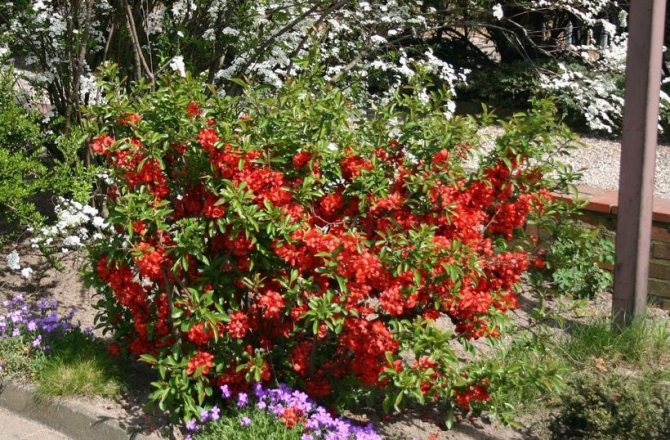
Chinese
The second name is beautiful quince. The shrub is very popular in China. Loves a lot of light, is often used to create hedges. The branches have thorns. During the flowering period, large red buds bloom. There are many hybrids based on the Chinese quince, including those with double sepals. There are varieties with white, pink, orange petals.
Катаянская
The homeland of shrubs of this species is China. This is a tall plant reaching three meters. The leaves at the beginning of the season have a purple hue, then turn green. The flower petals are deep pink color. The fruits are oval. The plant is widespread in the southern regions; in temperate climates, it can freeze over in winter.
Popular types and varieties of chaenomeles
The genomeles genus includes about 15 species of plants, the most common of which are Chinese chaenomeles, Japanese, beautiful, proud and excellent.
We recommend reading the description of the graceful deytion shrub.
Each of them has its own individual varieties, but the most popular varieties of the Japanese species include the following:
- Vitamin – winter-hardy compact shrub with upright branches and a lot of thorns on them. Fruits are round, bright yellow in color, with smooth and fleshy skin, characterized by a pleasant aroma.
- Nika – winter-hardy meter-long bush with spreading branches and no thorns. The flowers are orange-red, the fruits are green-yellow with an oily skin and a well-pronounced pleasant smell.
- Fragrant – another winter-hardy variety of Japanese quince with bushes up to 1,2 m high. The crown is dense, with a large number of shoots and a small number of thorns. The flowers are orange, medium in size, and the fruits are oval or even pear-shaped with a weight of 50–65 g and a pronounced aroma.
- Lantern – winter-hardy low semi-spreading shrub with curved, almost bare branches and bright yellow flowers on them. Fruits are rich yellow color with slight tuberosity on the surface of the skin. Their flesh is characterized by a pleasant fresh aroma, but it tastes quite sour. Each fruit of the variety weighs an average of 45 g.
- Large-fruited (autumn) – the variety is represented by dwarf plants with a fruit weight of about 60 g. They are oval, yellow-green in shape. Of all the varieties listed, this one is famous for the greatest resistance to diseases and pests.
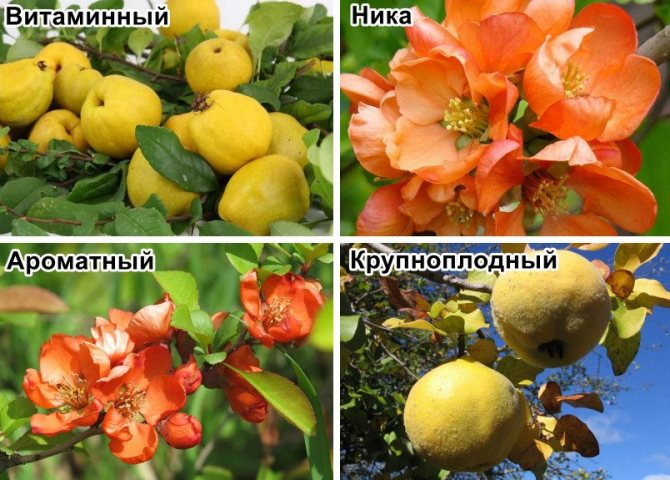
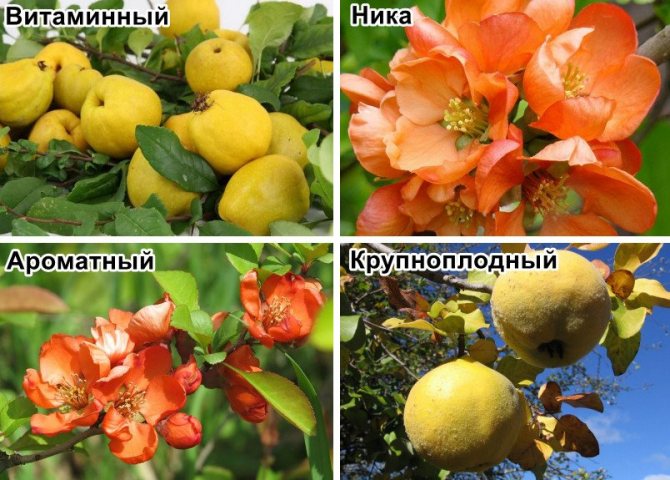
Cultivation
Chaenomeles prefers sunny places, so an open area must be selected for planting. The cold hardiness of the shoots is average. Without shelter, one-year-olds in the middle lane can freeze. In general, the shrub is considered quite unpretentious. It tolerates temperature extremes, spring frosts down to -7-10 degrees. In the summer, the plant is drought tolerant. Chaenomeles loves fertile soils, but thrives on different soils. Land with sand, peat, rocky slope is suitable. An important point is the choice of a permanent place for the tree. The root system is branched, so the plant does not tolerate transplanting well. If you accidentally damage the roots, the tree can get sick.
Planting is best done in the spring, so that the roots are strengthened over the summer. It is preferable to plant two-year-old shoots, as one-year-olds may not survive the winter frosts. Shoots are planted at a distance of 80-100 cm from each other. The holes are dug up to half a meter in depth so that the roots enter completely. Add compost with the soil. Also, ash, fertilizers rich in potassium and superphosphate are introduced into the pit. When planting, about a bucket of water should be poured into each hole. Then the soil is compacted. If the groundwater is close to the surface, drainage must be installed first.
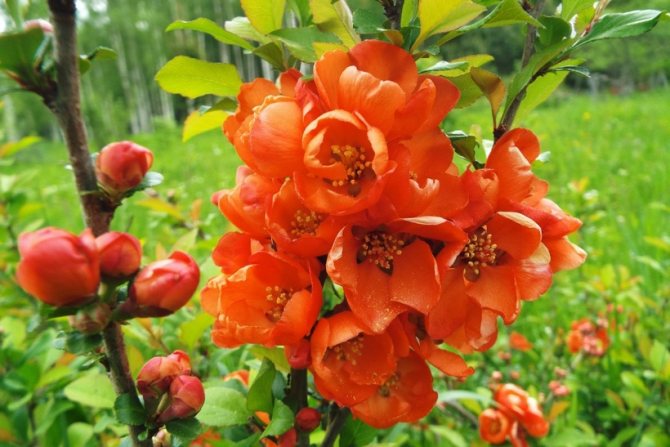
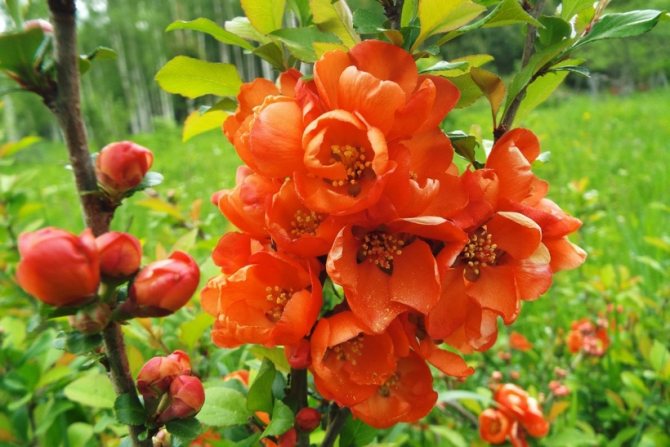
Abundant watering is not needed for chaenomeles. If there is no rain, the plant is watered once a month or every other month. Top dressing is applied in the spring. Nitrogen or complex fertilizers are applied. The first 3-4 years can be fertilized once a year or two, and then you can stop feeding. If the tree is grown for decorative purposes, it is not fertilized at all. Chaenomeles grows well without it. Pruning of branches is done every 4-5 years. The procedure is carried out in the spring-summer season, after the plant has faded. The shrub must be freed from dried, weak, broken branches. Pruning is necessary for the tree to bloom and bear fruit better. They also remove old thick branches, making room for new ones. In addition, every year you need to get rid of the lower branches, almost lying on the ground. If many new young shoots have grown, interfering with the growth of the main one, they are also removed.
Landing in open ground
The most favorable time for planting Chaenomeles is spring. The area for growing this shrub should be open, sunny. Although the plant is unpretentious to the composition of the soil, it prefers sandy loam and light loamy soils, rich in humus, more. Drainage on the site is a must, since Chaenomeles does not like excessive moisture.
Having picked up the necessary place, the landing hole is being prepared. Its size is calculated based on the length of the roots or earthen coma, if the seedling is with a closed root system. The seedling is neatly set in the center of the planting pit, the roots are sprinkled with fertile soil, which is compacted around the seedling. After that, the plant is watered with water at room temperature.
Another name for the Henomeles shrub is Japanese quince
Attention! When planting a seedling, you need to pay attention to its root collar – the place where the trunk transitions to the root, which must be located at ground level.
With what is combined
For decorative purposes, the shrub is planted in front of the house, on the south side. There the plant will bloom more actively. Free-standing tall varieties of trees with geometric pruning look beautiful. Low-growing varieties of chaenomeles can be planted near paths – it will beautifully border them. A flowering tree goes well with rose bushes, spirea, dwarf spruce. This plant looks interesting among apple trees, mountain ash, apricot. Japanese quince among daffodils and bells also looks impressive.
The beautiful flowers of the Japanese quince symbolize a happy family life. It is believed that if you plant her near the house, the marriage will be long and prosperous. And beautiful rounded fruits are a talisman of wealth and fertility.
